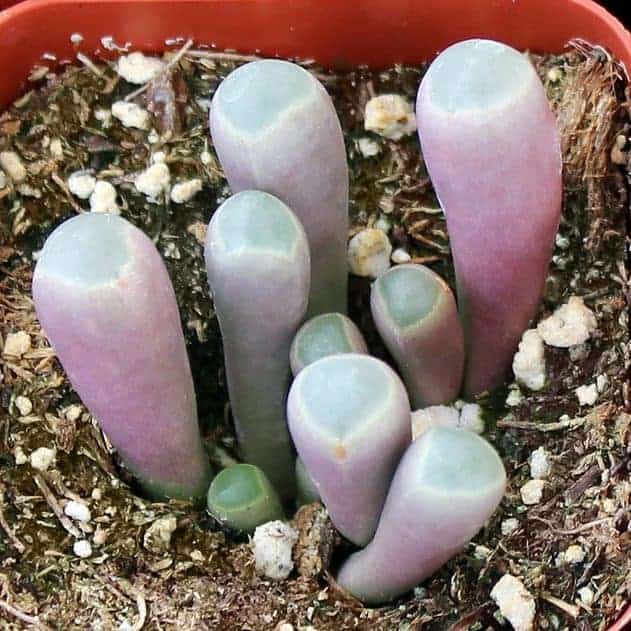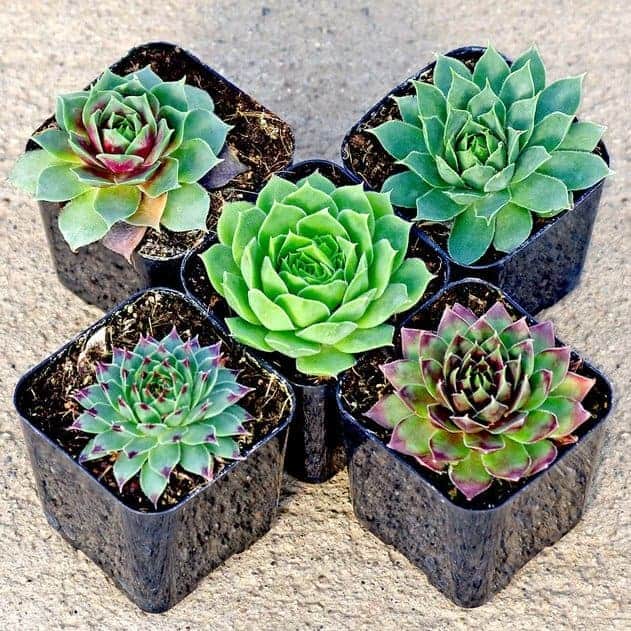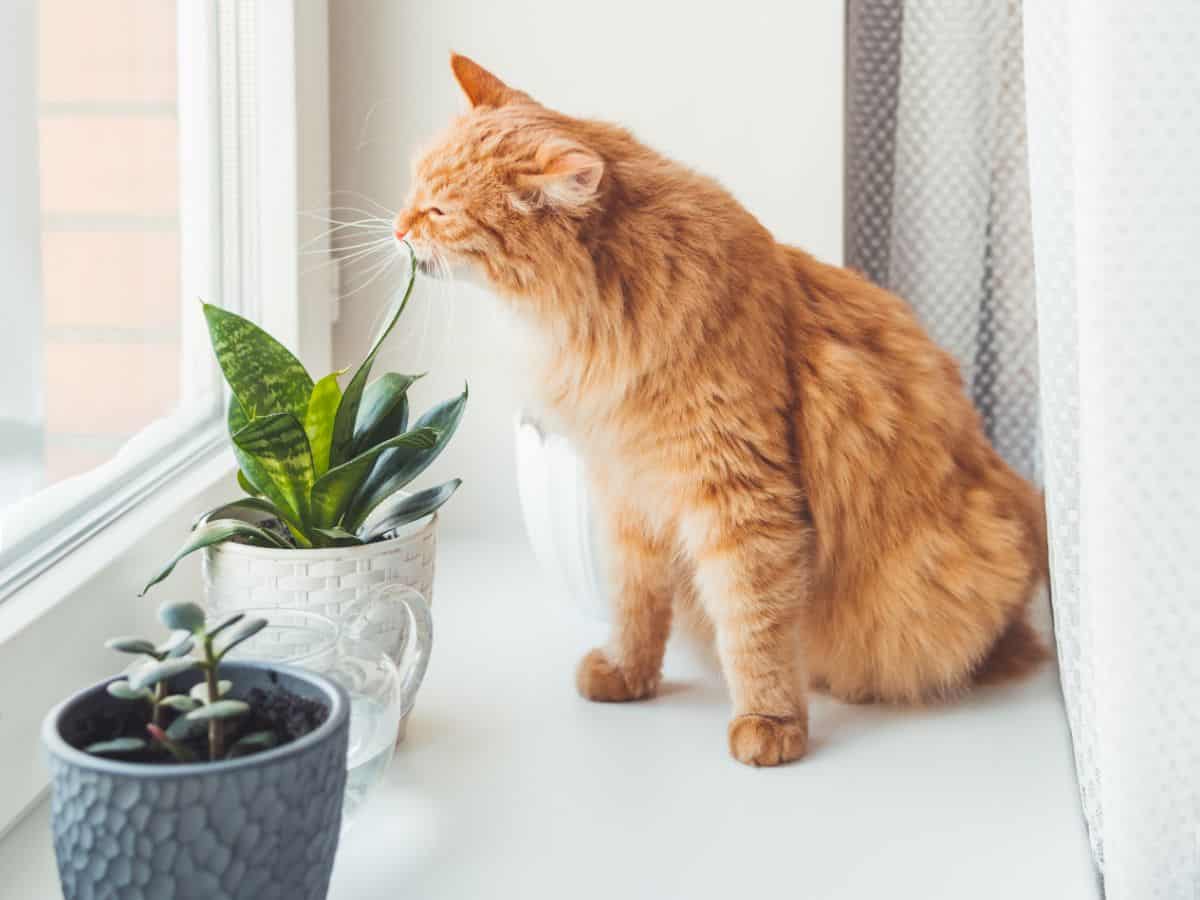
How many times have you heard your cat-owning friends say, “You can either have cats or plants, but not both!”? Something about plants must look very appetizing to our usually carnivorous cats.
Believe it or not, the two aren’t mutually exclusive. You can have cats and succulents, but you’re going to need to know which ones are best suited for the occasional chew from your smaller roommates. These recommendations avoid any plant harmful to your furry friends. None of the succulents on this page are toxic to felines and none of them will have dangerous spines.
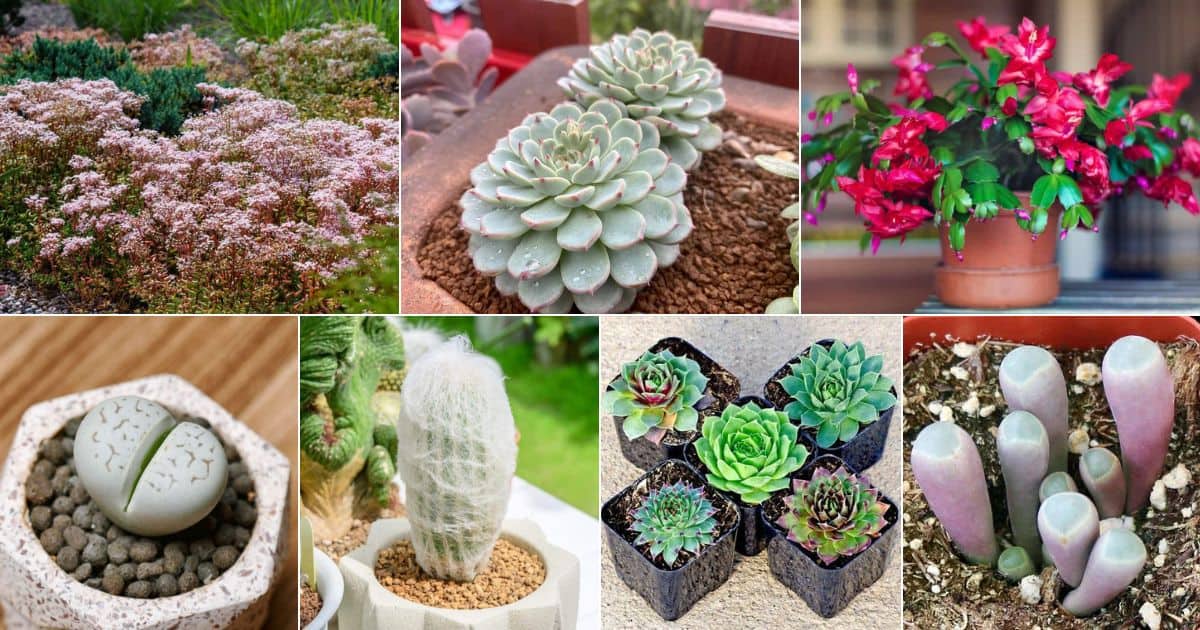
Read Also: Gift Guide for the Succulent Obsessed
Jump to:
Echeveria
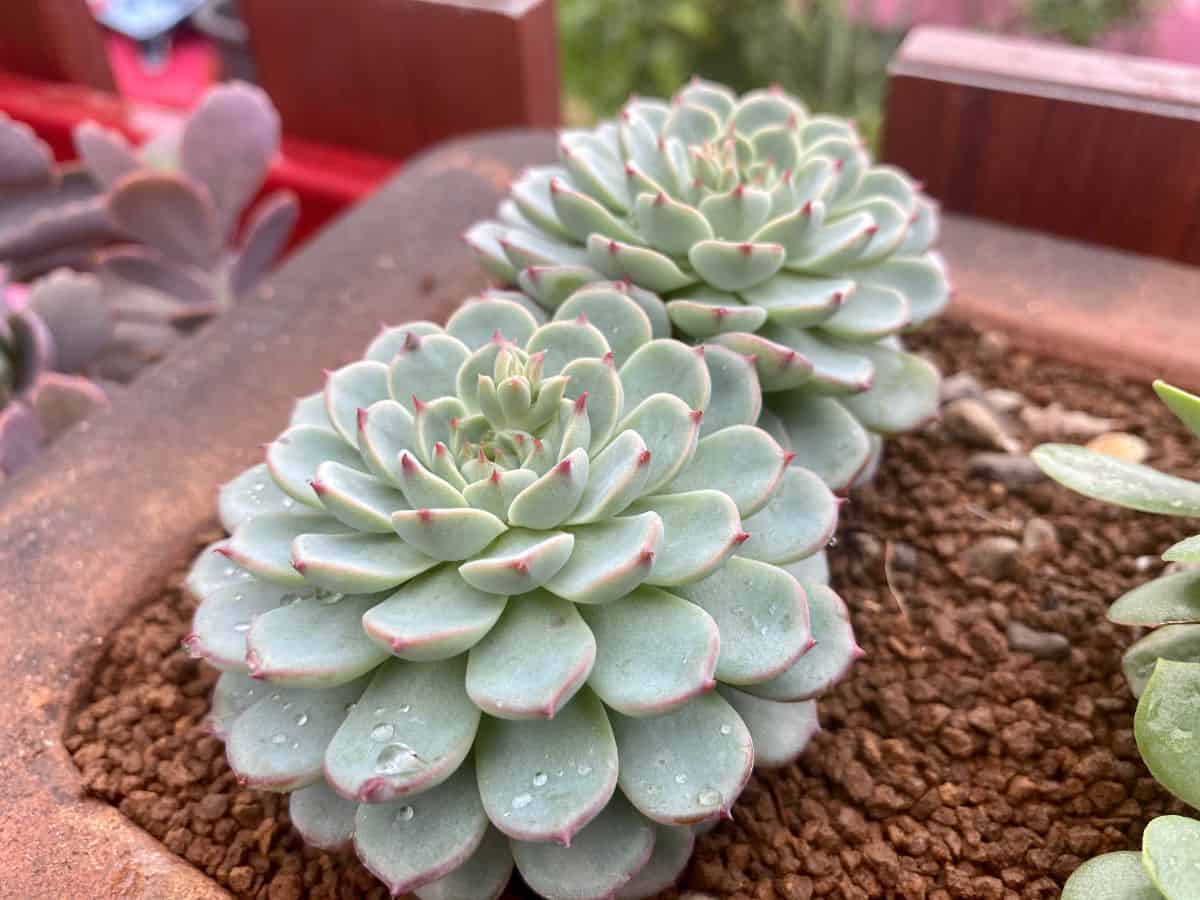
Buy it from:
You can’t go wrong with an Echeveria. Almost every single one is safe for house pets.
Echeveria is also one of the easier genera to start your succulent journey with. Compact and brightly colored, they could almost pass for a blooming flower. These succulents can thrive in both indoor and outdoor gardens if they’re protected from frost in more frigid hardiness zones.
Read Also: 10 Rare Succulents (and Where to Find Them!)
Pleiospilos nelii, Split Rock
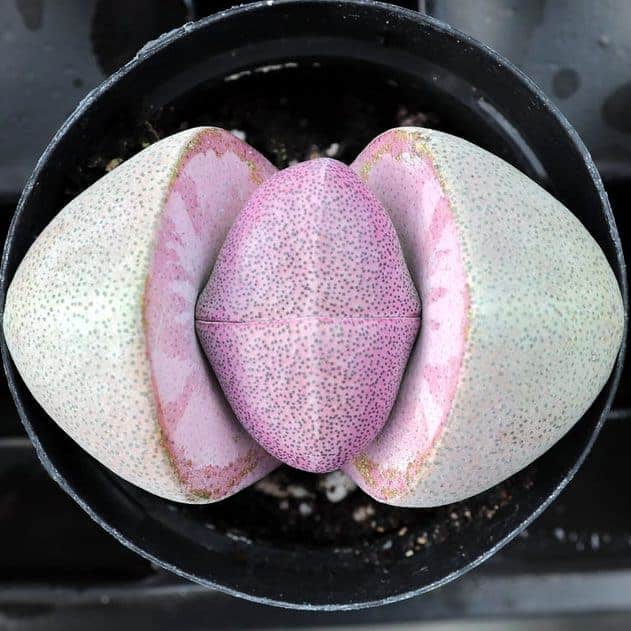
Buy it from:
Sometimes called the mimicry plant, Pleiospilos nelii looks very much like a spilled pile of pebbles. Eventually, the pebble leaves will split into flowers that are yellow and often coconut-scented. These fat plants enjoy warmer temperatures and plenty of sunlight. Their only major concern is overwatering. During the plant’s dormant season (fall to spring) they need no water whatsoever.
Read Also: 11 Succulents Safe for Reptiles
Delosperma cooperi, Ice Plant
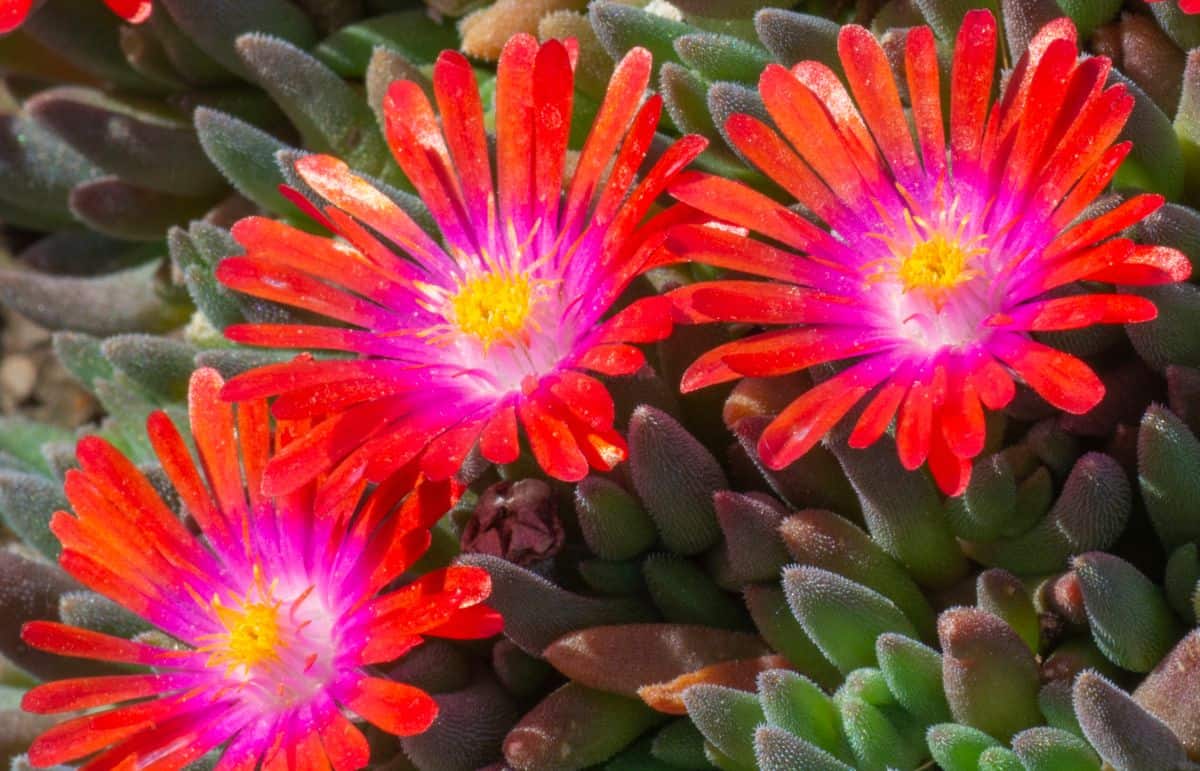
Buy it from:
Also known as the ice plant, this succulent has wonderfully vivid flowers. They grow low and fast, making an excellent ground cover. They’ll also bloom at different times of the year, If you want a seasonal-themed garden, look for flowers in late winter to spring in warmer climates or early summer to fall in colder ones.
The Delosperma is a hardy plant and doesn’t need too much watering. They do need ample sunlight for the best flowering, so make sure they got plenty.
Fenestraria aurantiaca, Baby Toes
Buy it from:
Another low-growing succulent, fairy elephant’s feet (or baby toes) much prefer warmer climates. In adverse conditions, this plant will even shrink. Sometimes even below the soil surface! Keep note of where you’ve got them growing, just in case they disappear!
No products found.
Direct sunlight is best for this particular plant, with generous water during the summer months. Proper care will yield beautiful flowers: a stunning magenta and white in color.
Haworthia

Buy it from:
There are lots and lots of species of Haworthia. Practically all are safe for cats.
It's an interesting genus of plants because it contains so many strange-looking plants. There's no way you can't find one you like. A particularly interesting feature of the genus is that many of them have transparent "windows" to let light penetrate inside the leaves.
Dinteranthus
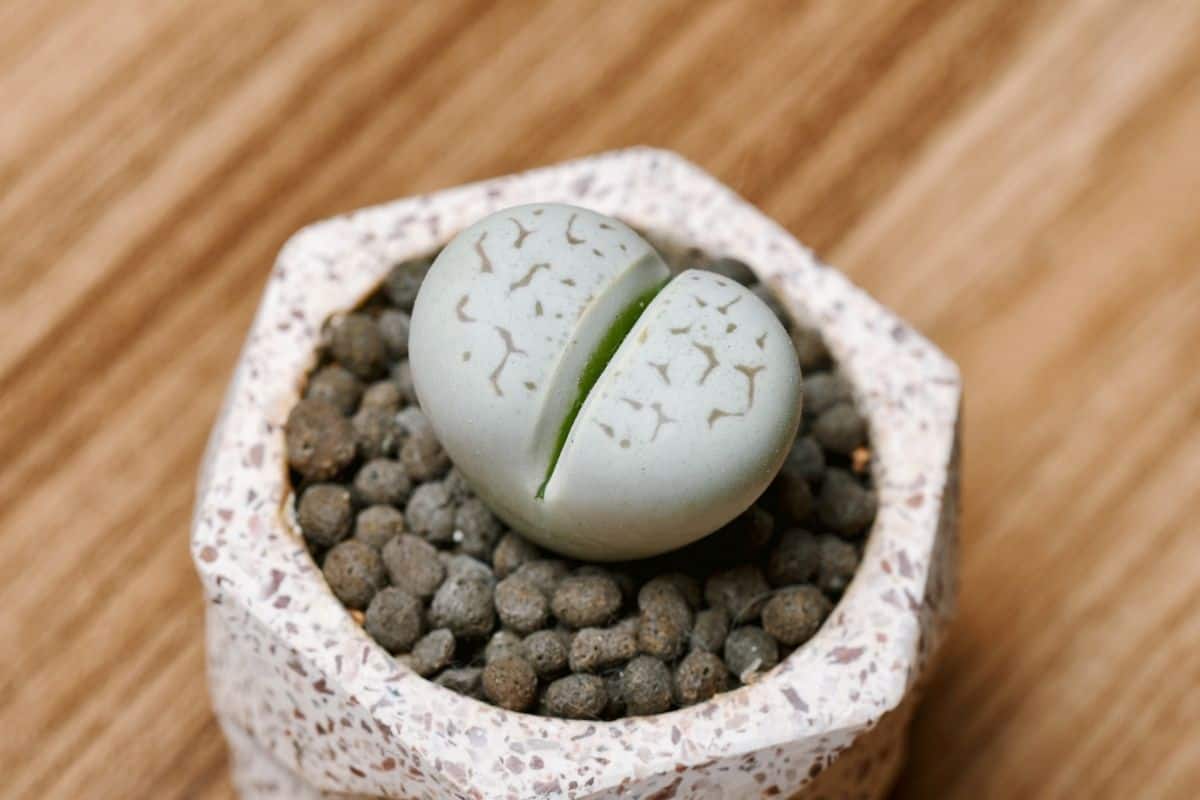
Buy it from:
This succulent grows like the mimicry plant and has leaves like split pebbles. They need just as much light and good drainage, but even less water. Sound familiar? If you haven’t guessed yet, it’s basically a clone of the ever-popular Lithops (which are also safe).
If cared for well, they’ll grow to bone-white leaves and bright yellow flowers. After blooming, Dinteranthus will need to grow new leaves. They’ll water themselves during this time. Once the old leaves are fully shriveled, the plant is ready for water again.
Schlumbergera
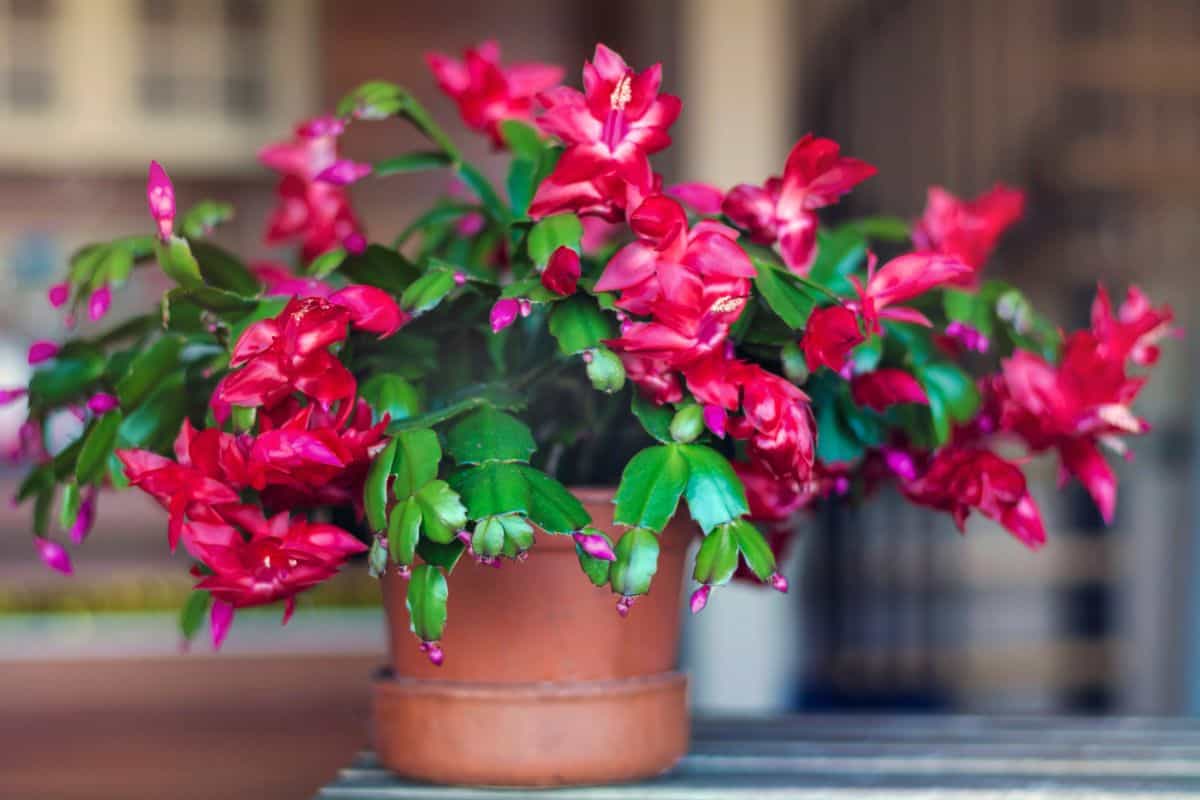
Buy it from:
Schlumbergera is the genus that includes a universal favorite - Holiday Cacti! There are Thanksgiving, Easter, and Christmas cactus varieties. They are supposed to bloom around the time of their holiday namesake. Each also has slightly different shaped leaves.
They make great gifts for said holidays!
All three flower in many varieties with their own colors so you have many options here. Fortunately, care is mostly the same for each species. They do low-light better than most succulents, and can tolerate a bit more water.
Espostoa lanata
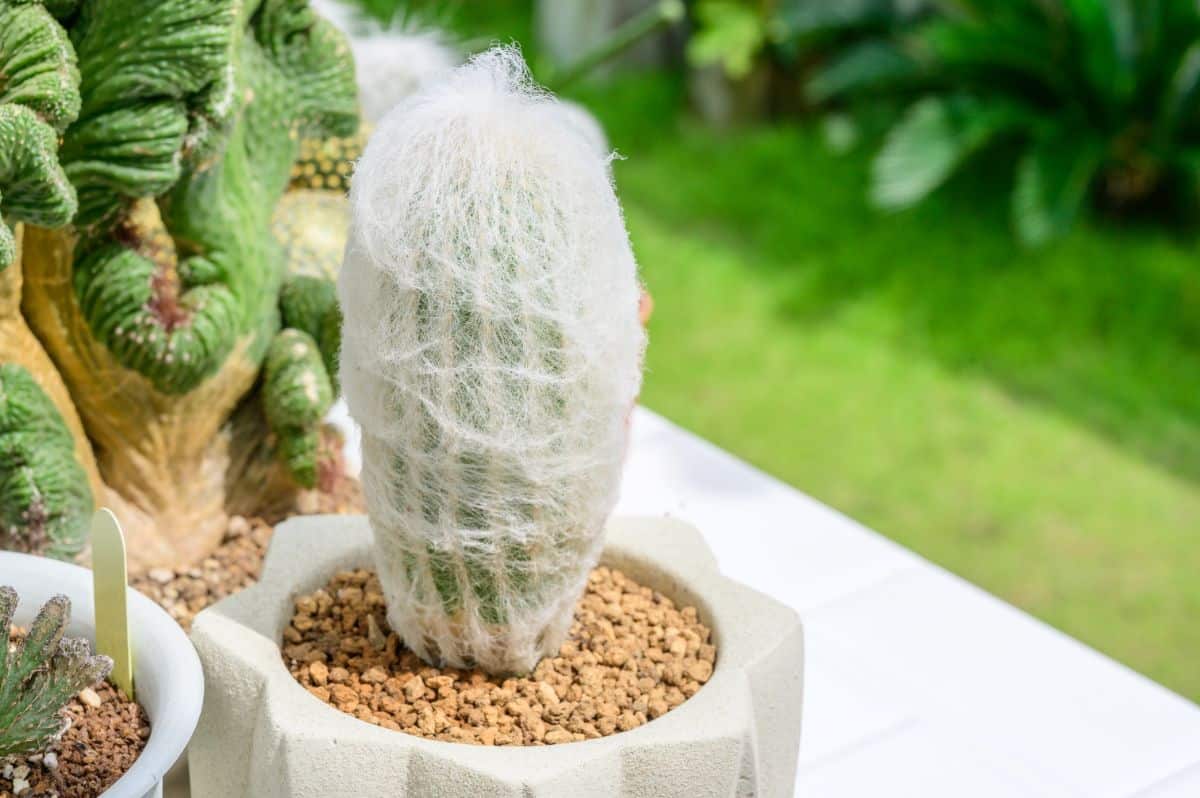
Buy it from:
Ah, the old man cactus. I imagine this is how I’ll look in fifty years or so.
The cacti’s most striking feature is its coat. Long, white hairs cover the entire thing. You could give it robes and a stick and it’d make a great wizard. The hairs will need cleaning though. The cactus also grows very tall, up to 15 meters. You’ll need to make sure it gets room to grow.
The hairs that coat the plant aren’t dangerous to you or your cat. There are sometimes tiny irritating hairs near the actual skin of the cactus, but those are almost never encountered and not particularly dangerous.
Sedum album
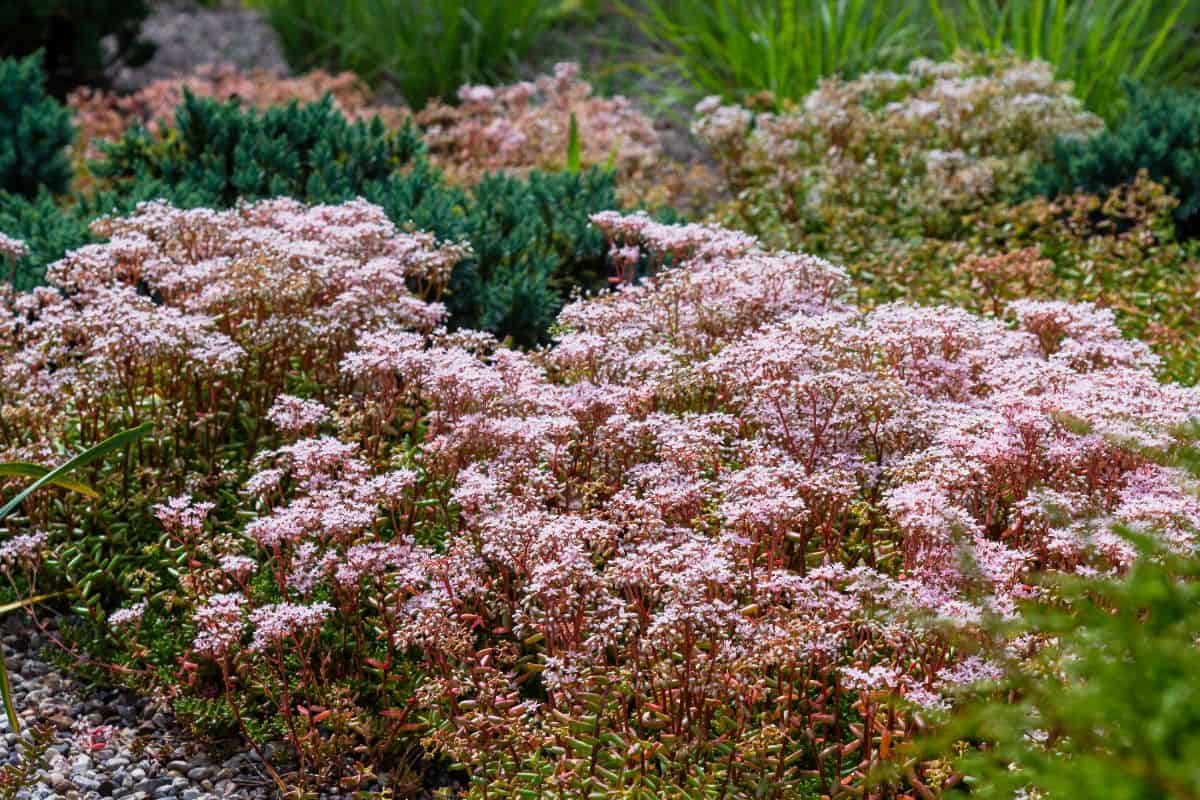
Buy it from:
With a name like Hardy Baby Tears, you’d guess this succulent makes dreary company. I like to think of them more as tears of joy. Appearance-wise, vibrant green leaves, and stems open to beautiful white flowers. Joyful tears indeed.
These succulents are adapted to grow on thin soil. Sure... they could grow on the ground... or walls. Ceilings too. Imagine looking up to a curtain of them. However, this plant can be a little more difficult to maintain. It needs bright light but not direct sunlight. Moist but never soggy soil. High humidity and good airflow. If you’re up to the challenge, Sedum album will bloom brilliantly in the summer.
Graptopetalum paraguayense, Ghost Plant
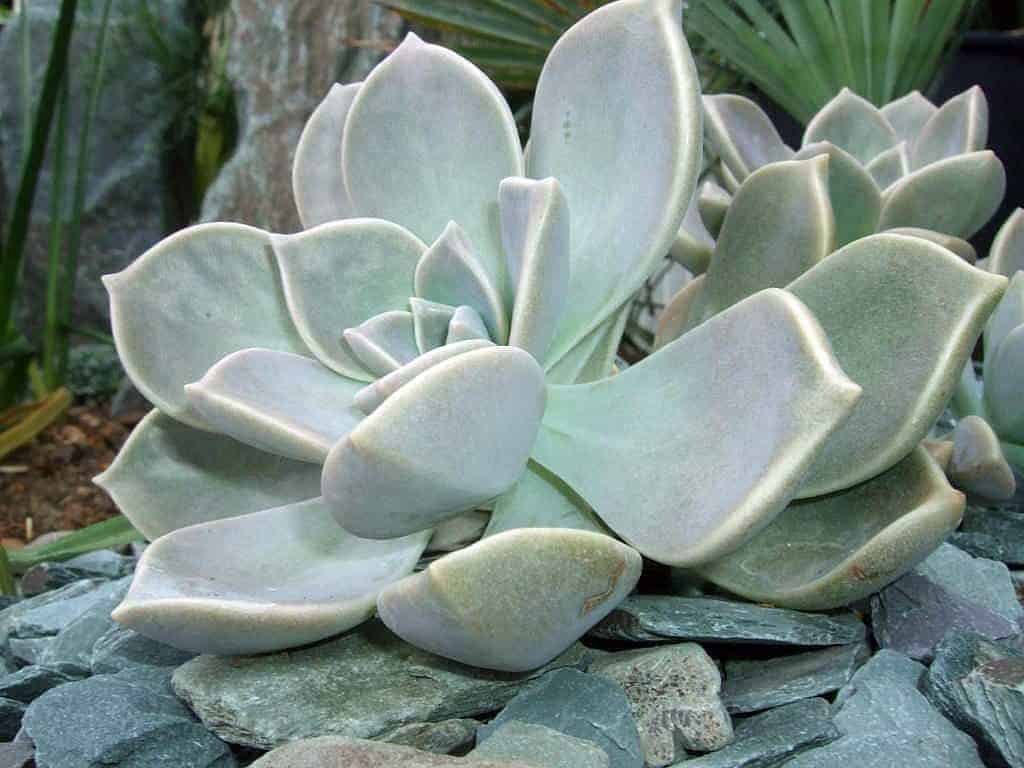
Buy it from:
Pale, thick leaves spread out like a ghostly star mark this succulent. Its otherworldly appearance has earned it nicknames like ghost flower or mother of pearl. That pale color doesn’t always have to be the same shade though. Setting up in direct sunlight will grow yellowish-pink, opalescent, and slightly translucent. In partial shade, the leaves will grow bluish-gray tones instead.
Even so, full sunlight is best for the ghost flower. Kept in ideal conditions, raising your own won’t be too difficult.
Sempervivum, Hens and Chicks
Buy it from:
This whole genus is full of non-toxic plants. You can grab a Semp that fits your existing color schemes or strikes your fancy.
These plants are especially awesome for two reasons:
- They're cold-hardy. They can survive outside (or on windowsills) during winter snows with no problem.
- They propagate by themselves super easily. They'll create pups constantly as long as they're happy.
Any of these succulents are safe to keep around your cats. This isn’t a comprehensive list -there are more options out there if none of these tickle your fancy.
If you saw this list and thought “Wait, I’ve got a dog too. Will these be safe for him/her too?” We’ve another article you can read to find dog-safe succulents! Check them out here!
FAQ:
Q: Are all succulents safe for cats?
A: No, not all succulents are safe for cats. Some succulent species are toxic and will cause your pet some serious discomfort. Don’t worry if your cat has ingested a toxic succulent; it is very unlikely that the succulent will be fatal to your pet, but they will need a lot of tender loving care while they are sick.
Q: How can I keep my cat away from my succulent plant?
A: Mixing one tablespoon of lemon juice with water and spraying it on your plant every few days will act as a cat repellent and should stop your cat from nibbling on your succulent.
Q: Is jade toxic to plants?
A: Yes, if your cat ingests a lot of jade plants, it could lead to jade plant poisoning.
Q: What plants are the most toxic to succulents?
A: Lilies and marijuana plants are very toxic to cats. Keep your pets away from these plants at all costs.
Q: Are herbs toxic to cats?
A: Some herbs are toxic to cats. Make sure you research the plant before bringing it home if you have pets.


